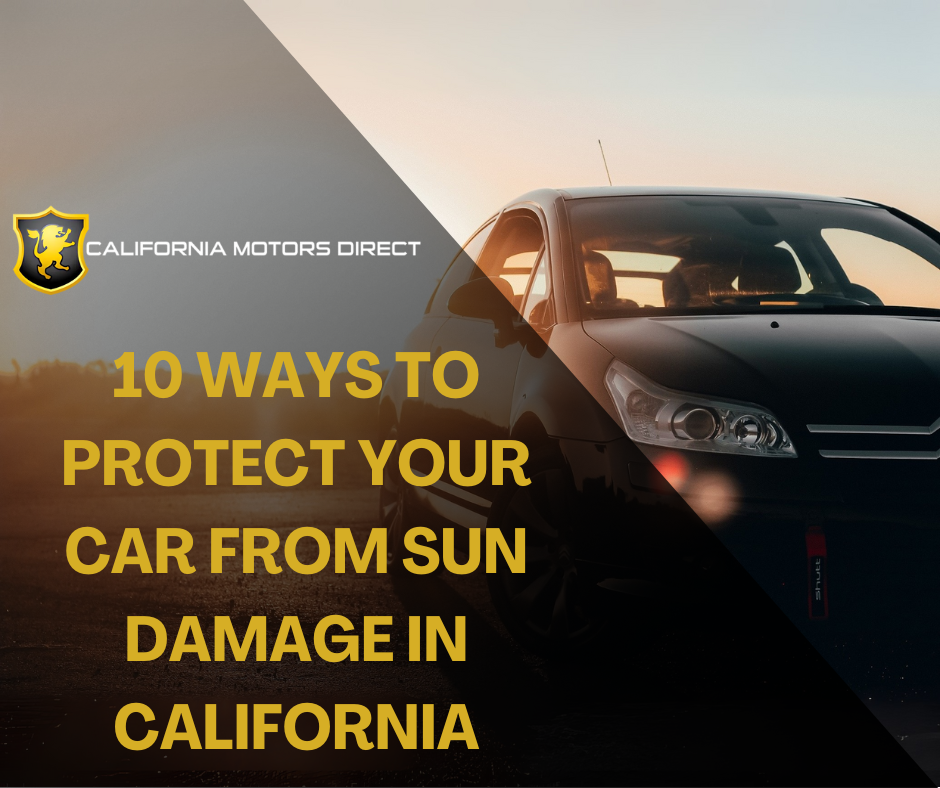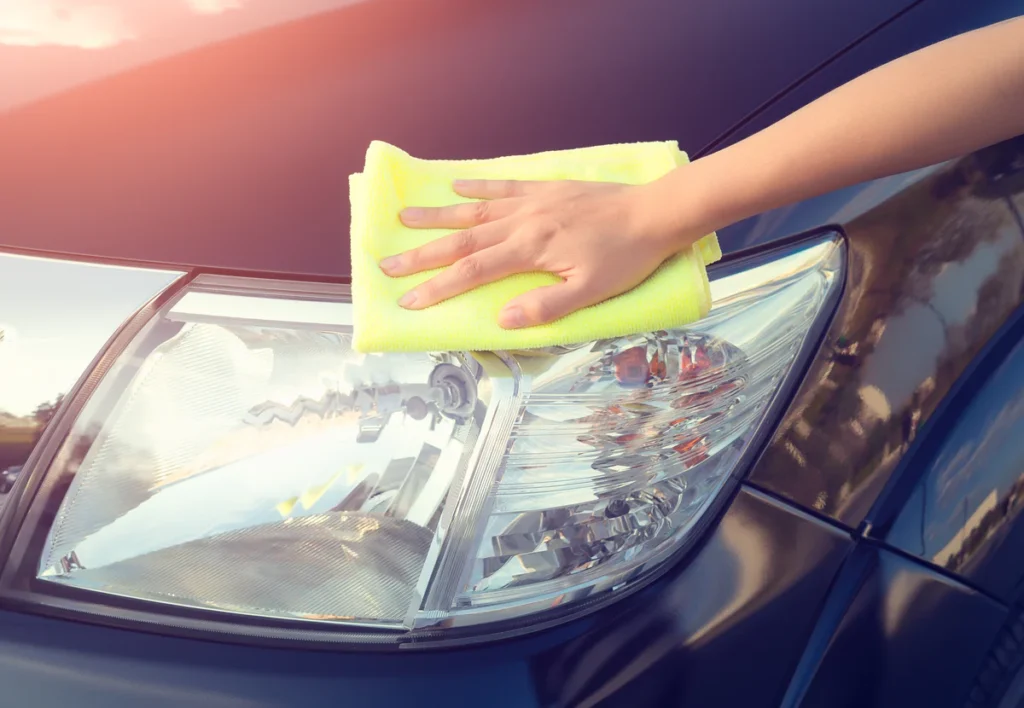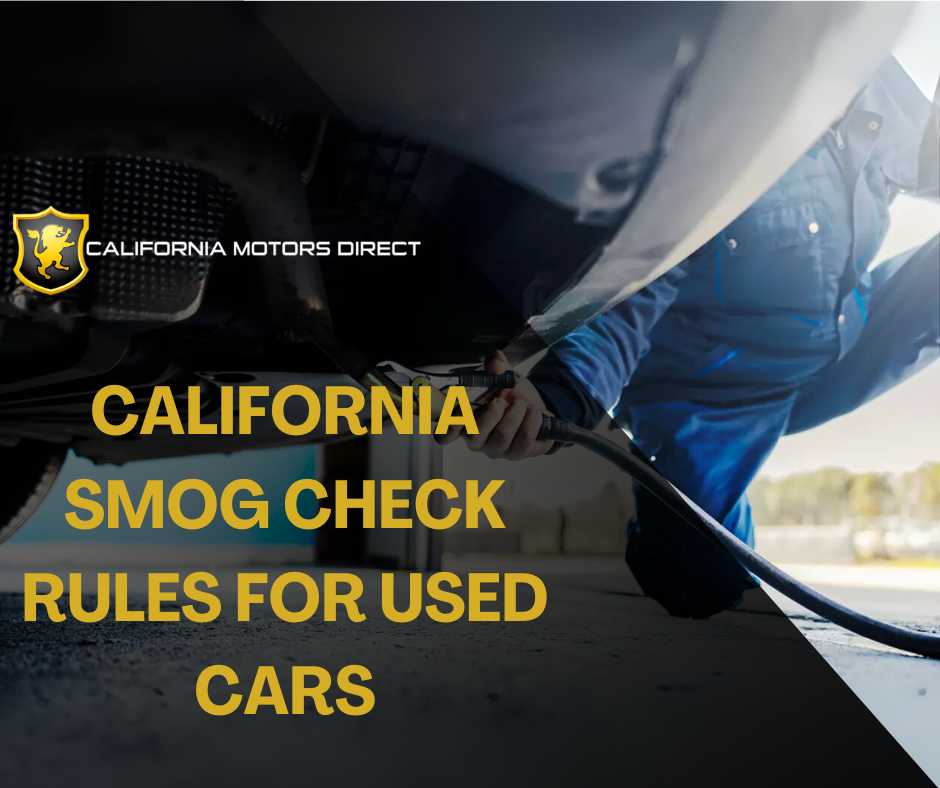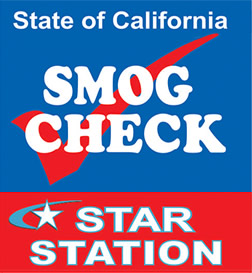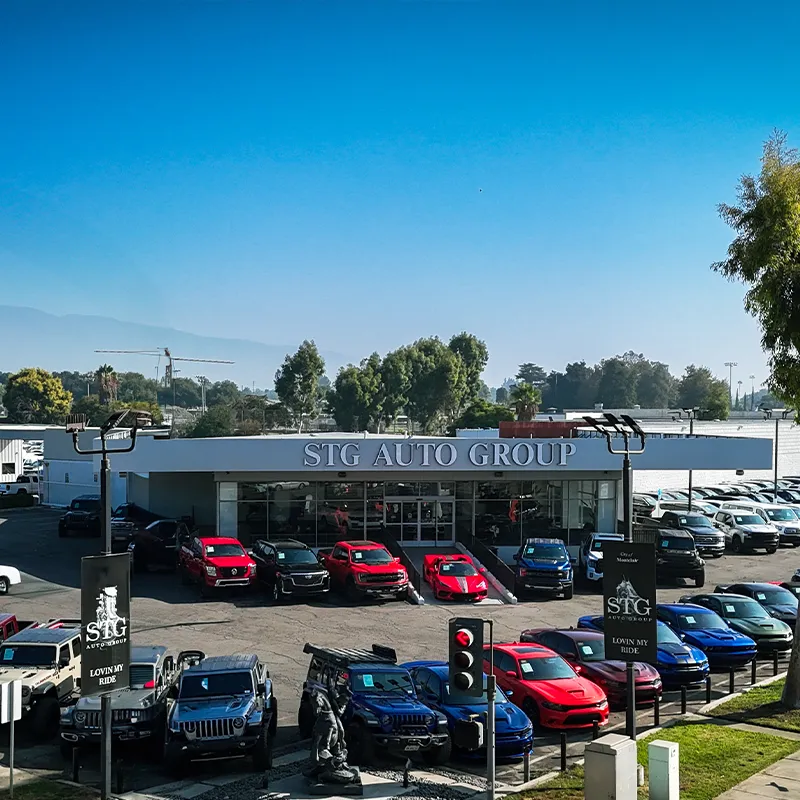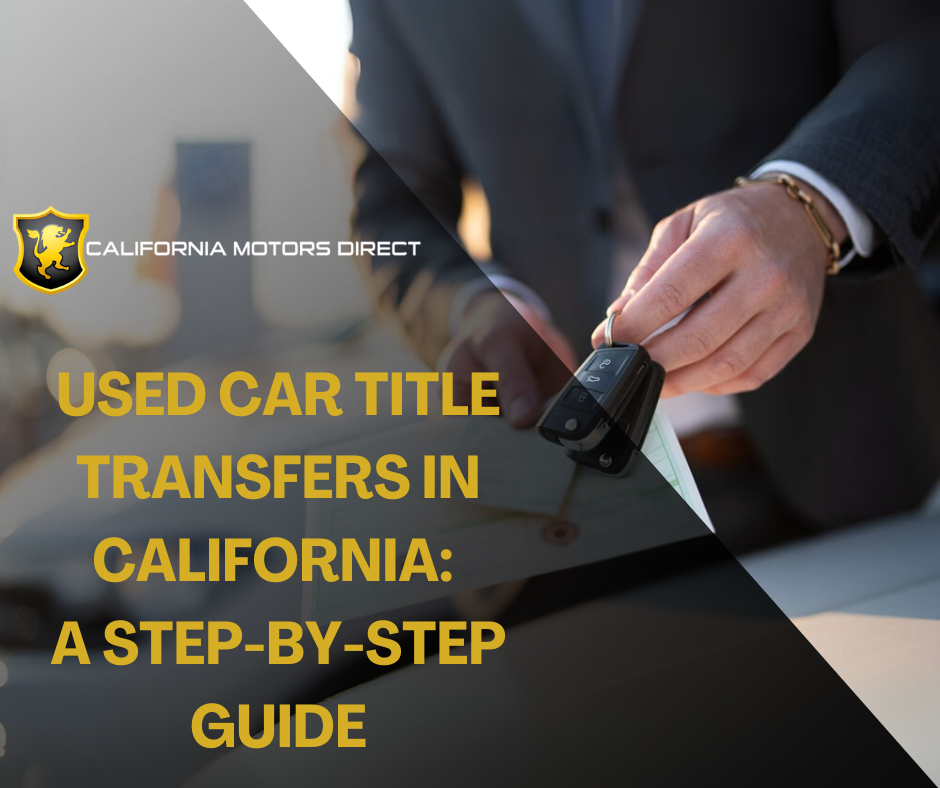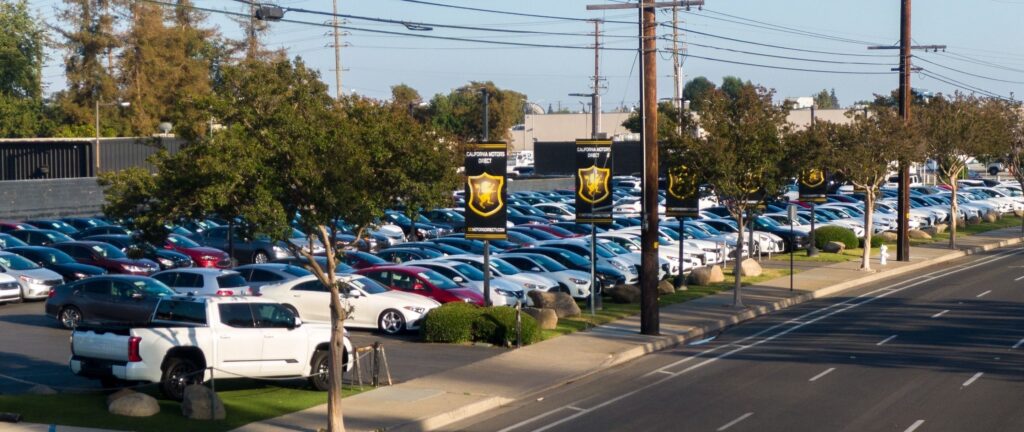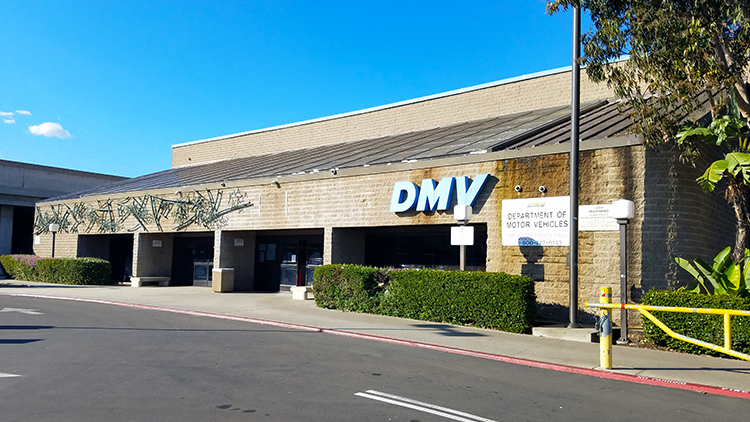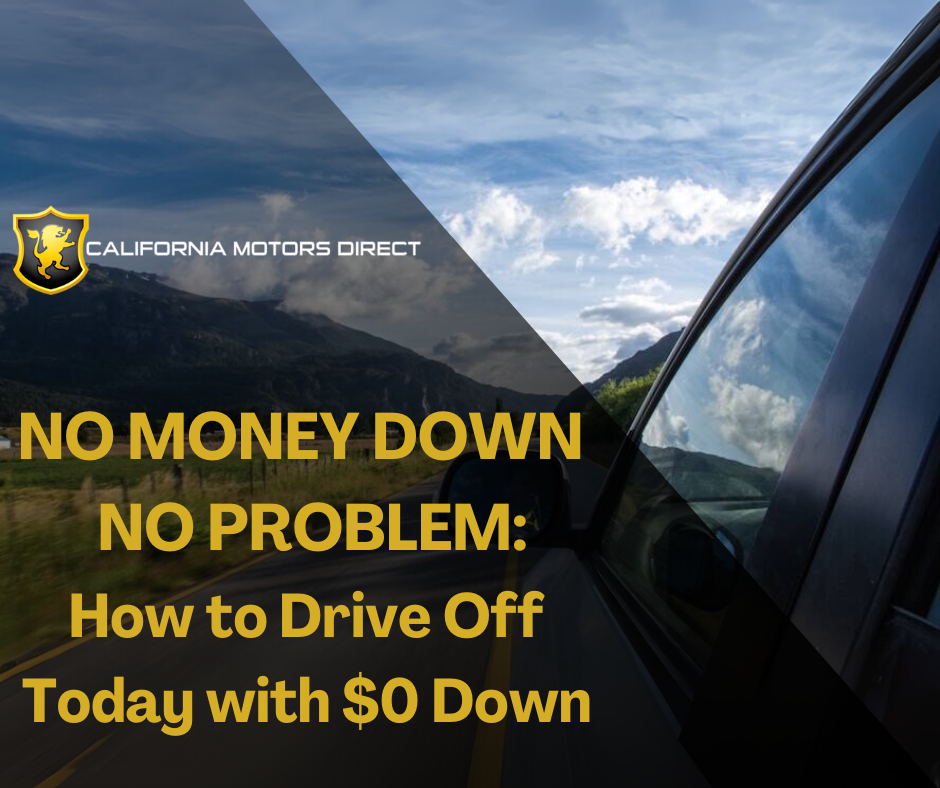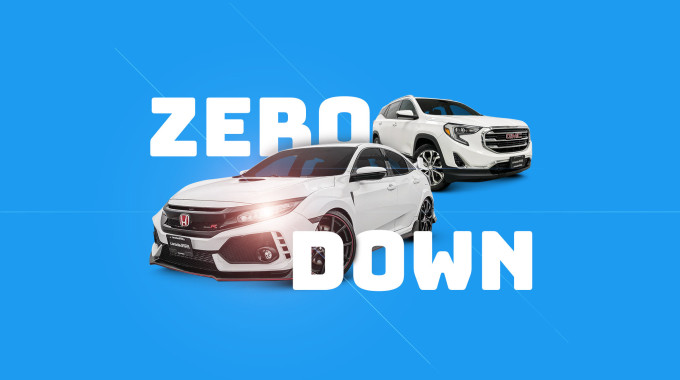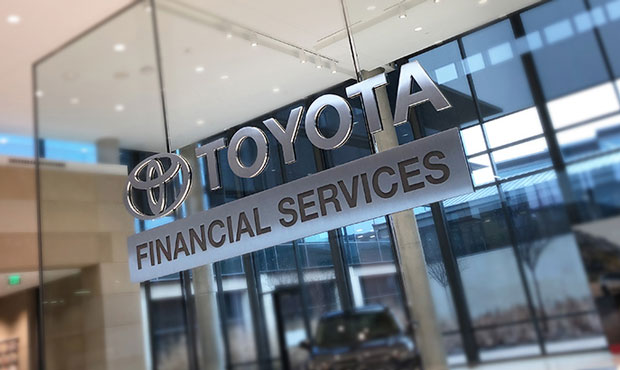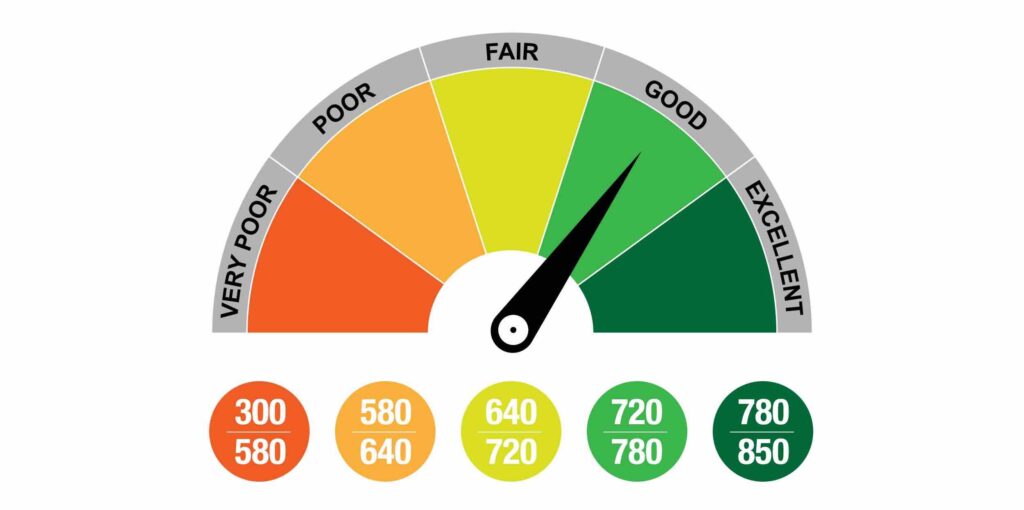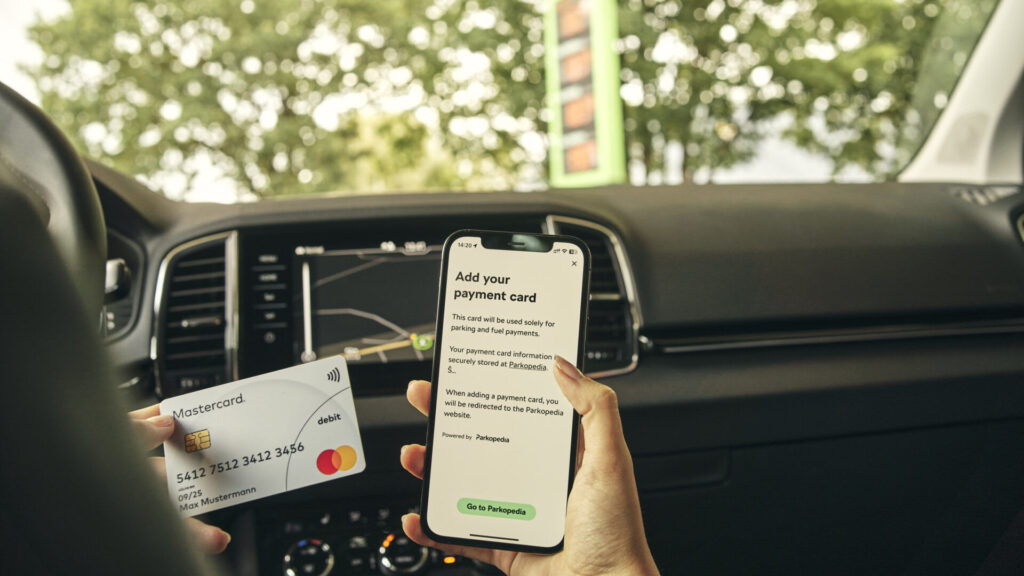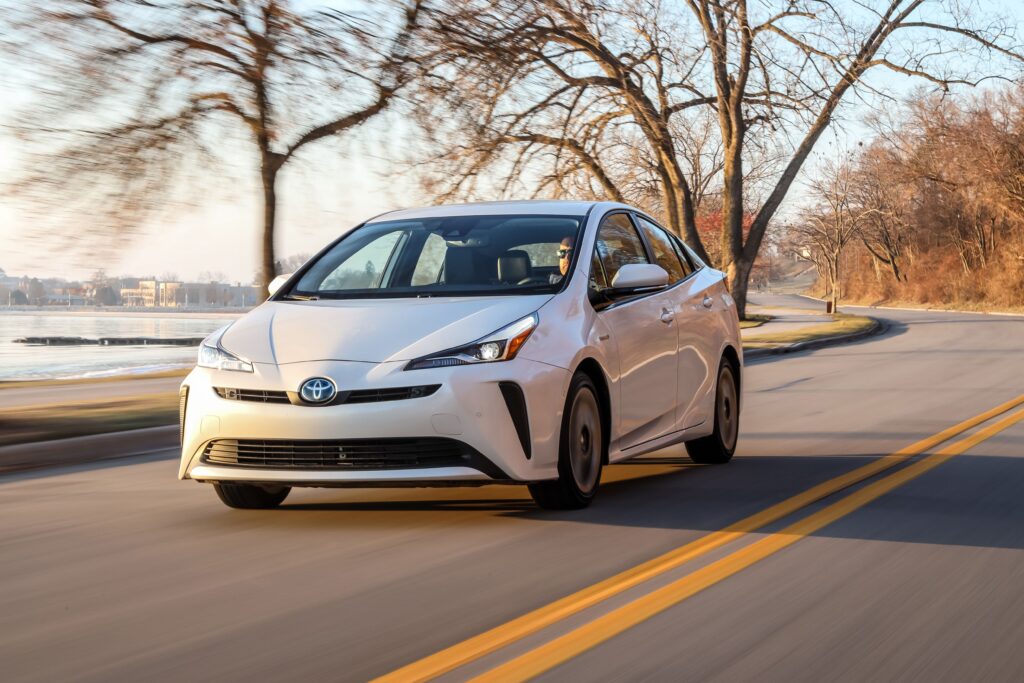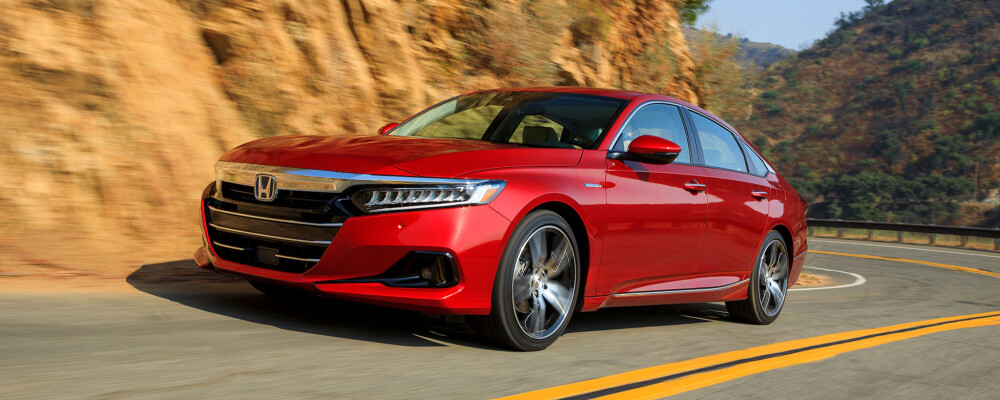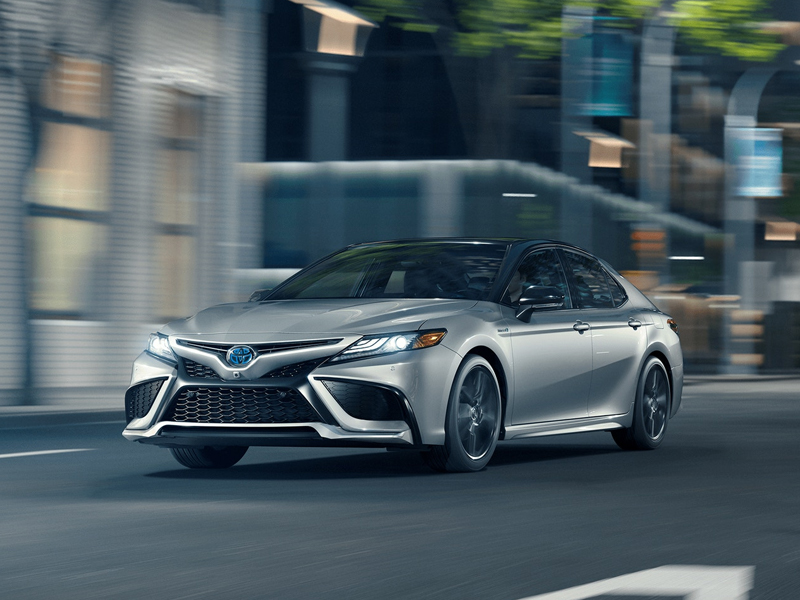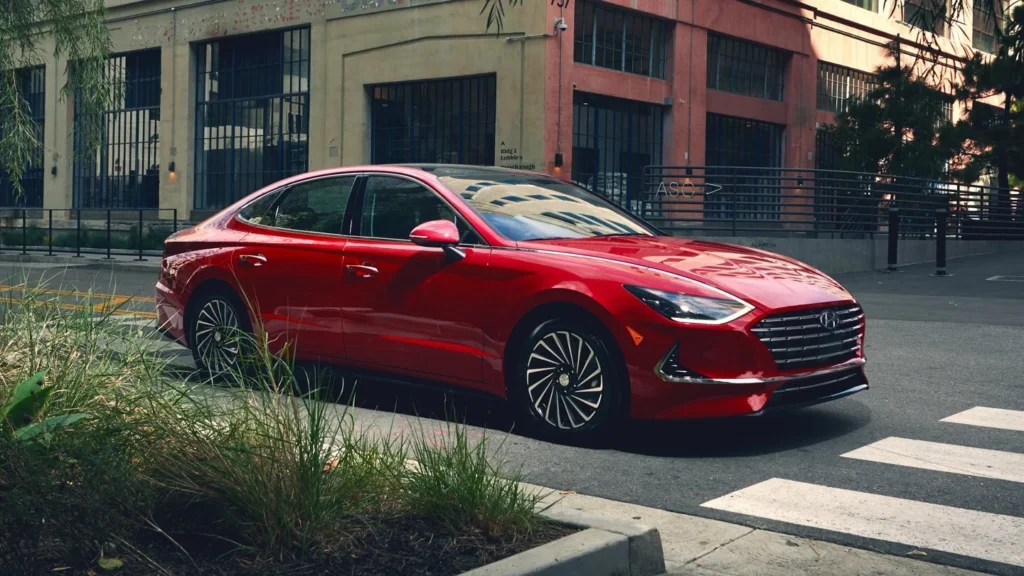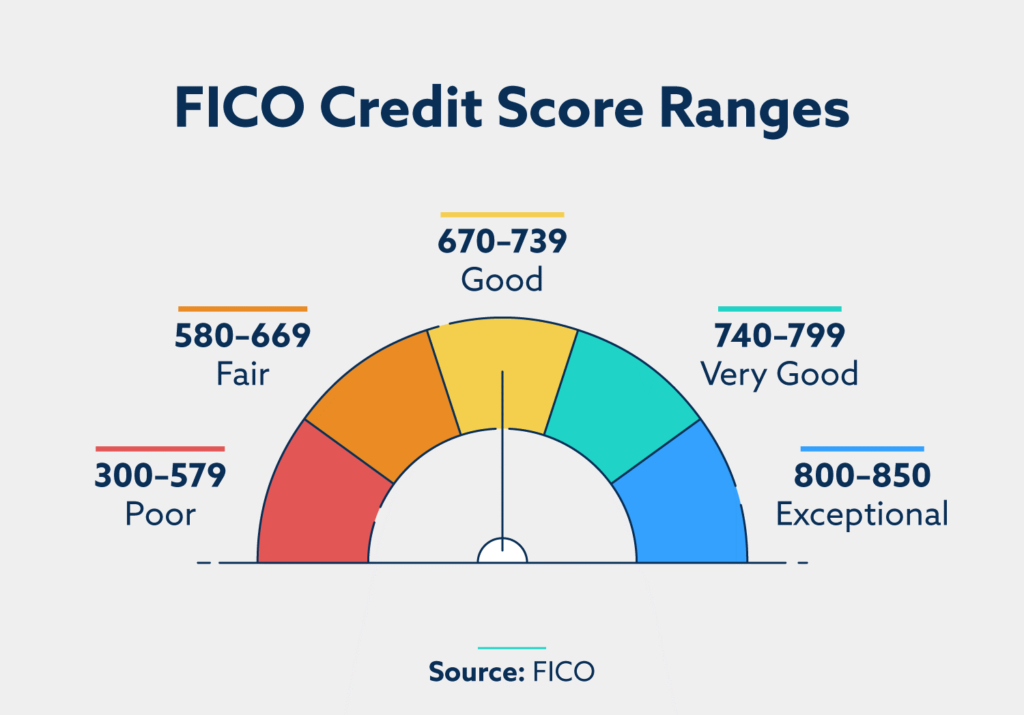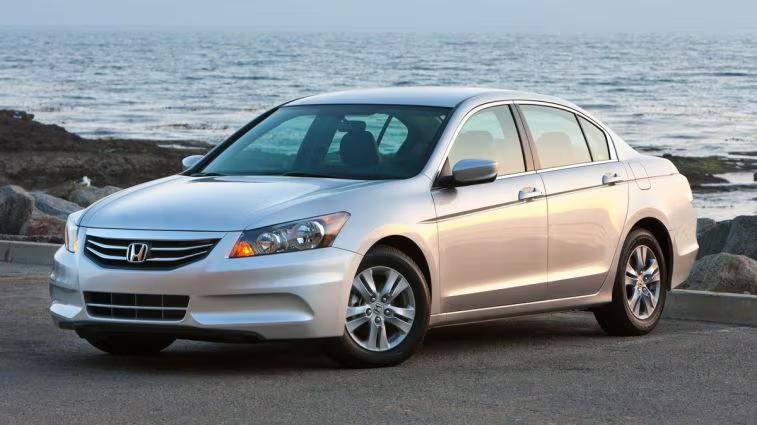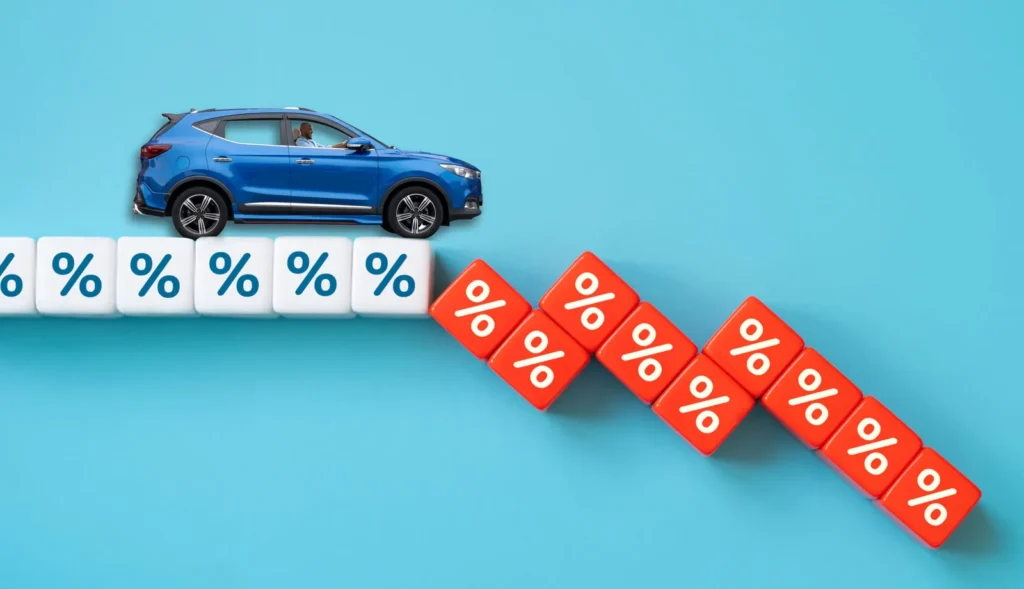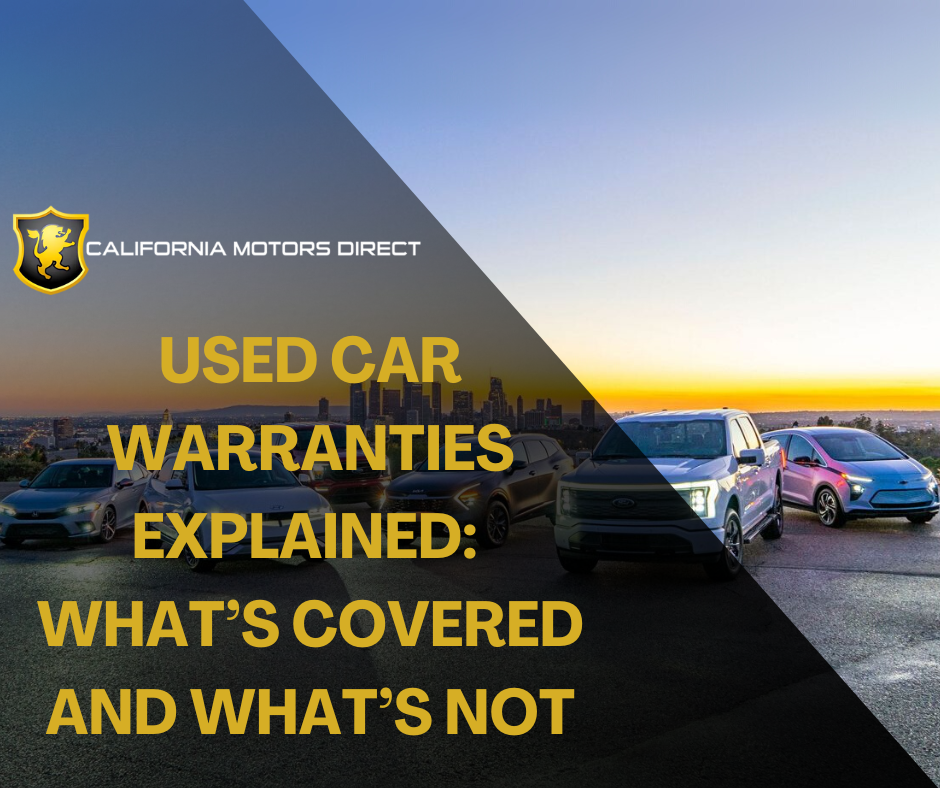
Buying a used car is often one of the smartest financial moves a driver can make. You avoid the steep depreciation of new cars, save money upfront, and still get a reliable vehicle if you choose carefully. But one of the biggest concerns for shoppers is protection after the sale: “Do used cars come with warranties?”
The short answer: sometimes yes, sometimes no. The type of coverage depends on the age of the car, where you buy it, and state or federal laws.
This breaks down everything you need to know about used car warranties, so you can make a confident decision and avoid costly surprises down the road. By the end, you’ll have the knowledge to shop with confidence and protect your investment.
✅ TYPES OF WARRANTIES YOU MIGHT GET WITH A USED CAR
1. Remaining Factory Warranty (Manufacturer Coverage)
If the vehicle is only a few years old, it might still be covered by the original manufacturer’s warranty. These often include two main types:
- Bumper-to-Bumper Warranty: Covers almost everything related to parts and systems except wear-and-tear items like brakes and tires. Commonly lasts 3 years/36,000 miles.
- Powertrain Warranty: Covers the most expensive parts—engine, transmission, and drivetrain. Often lasts 5 years/60,000 miles or more.
👉 Good news: these warranties usually transfer automatically to the next owner. Just call the brand’s service department with the VIN to confirm how much time/mileage is left. If you have any questions, contact us today!
2. Certified Pre-Owned (CPO) Warranty ⭐
If you’re shopping at a franchised dealership, you’ll likely come across CPO vehicles. These cars are thoroughly inspected and reconditioned to meet manufacturer standards. To qualify as CPO:
- The car must meet strict age and mileage requirements (usually under 5–7 years old and under 80,000 miles).
- It goes through a multi-point inspection (often 100–200+ checks).
- The dealer reconditions the car to factory standards.
CPO warranties are backed by the manufacturer, not just the dealer, which makes them highly reliable. Coverage typically includes:

- Extra 12 months/12,000 miles (or more) of bumper-to-bumper coverage.
- Extended powertrain protection (some programs go up to 6 years/100,000 miles).
- Roadside assistance: Towing, jump-starts, lockout service, and flat tire help.
- Rental reimbursement and trip-interruption coverage.
- Vehicle history report included (like Carfax or AutoCheck).
💡 Pro Tip: CPO cars usually cost $1,000–$2,000 more than similar non-CPO vehicles, but the extra peace of mind and manufacturer backing often make it worth it.
3. Dealer Warranties: Limited but Useful
Not every used car will qualify as CPO, especially at independent dealerships or smaller lots. However, many dealers still offer short-term limited warranties to build trust with buyers. These might cover only certain parts (like the engine or transmission) for 30–90 days.
Common examples include:
- 30 days/1,000 miles limited coverage on the powertrain.
- “50/50” warranties, where the dealer pays half the cost of covered repairs.
All dealer warranties must be disclosed on the FTC Buyers Guide sticker on the car’s window. This sticker will clearly state:
- Whether the car is sold “As-Is” (no warranty),
- Or if there’s a Dealer Warranty (and what’s covered).
📸 Always read the fine print and take a photo of this sticker for your records.
4. Implied Warranty (Your Hidden Protection)
Even if a dealer doesn’t provide a written warranty, you may still be protected by implied warranties under state law. These guarantee that:
- The vehicle is fit for ordinary driving.
- It meets basic quality standards.
However, dealers in many states are allowed to sell vehicles “As-Is,” which disclaims these protections. Some states, like Connecticut and Massachusetts, do not allow “As-Is” sales from licensed dealers, requiring minimum warranty coverage instead.
This means your legal protection depends on where you buy. Always research your state’s consumer protection laws before shopping.
5. Extended Warranties & Service Contracts 🔧
Dealers often offer service contracts (commonly called “extended warranties”) for an extra fee. These are not true warranties but contracts that cover specific repairs after the factory warranty ends.
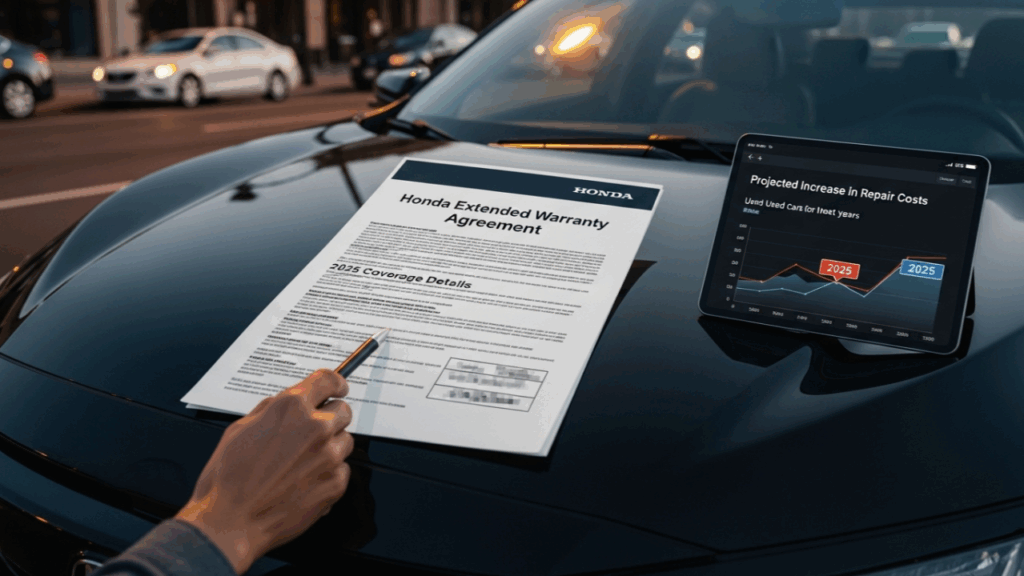
What You Need to Know Before Buying One:
- They are optional add-ons, not automatically included.
- Manufacturer-backed service contracts are usually more reliable than third-party ones.
- Coverage varies wildly—some plans cover only major engine parts, while others are closer to bumper-to-bumper.
Advantages:
Extended warranties give drivers peace of mind by covering unexpected repairs. They’re especially useful for cars with complicated electronics or turbocharged engines, where repair costs can quickly add up.
Disadvantages:
The downside is that these plans can be overpriced and often exclude common failure items like electronics or gaskets. Many third-party companies also make claims difficult, which can leave owners frustrated when they need coverage most.
💡 Consumer reports show many buyers never use their extended warranty—but for some, it provides peace of mind.
⚖️ “AS-IS” SALES AND YOUR RIGHTS
If a car is sold “As-Is,” the dealer makes no promises about the car’s condition. If something breaks the next day, you’re on the hook for repairs.
The FTC Buyers Guide Sticker:
Every dealer-sold used car in the U.S. must have an FTC Buyers Guide displayed on the window. This sticker tells you clearly:
- If the car is being sold “As-Is” or with a warranty.
- What systems are covered.
- How long the warranty lasts.
- Whether you pay part of the repair cost.
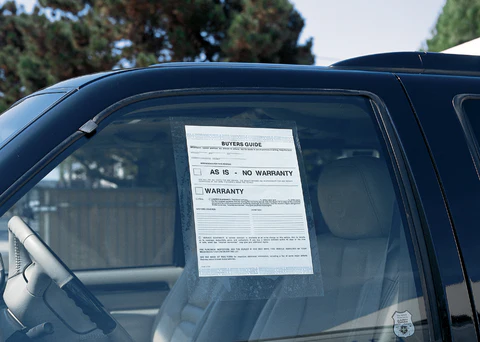
Some states don’t allow “As-Is” sales at all, while others place limits on how they’re applied. That’s why it’s important to take a photo of the sticker and review the Buyers Guide before signing. If a dealer removes or alters it, you’ll have proof of the original offer.
🚫 WHAT WARRANTIES USUALLY DON’T COVER
Even the best warranties have exclusions. Commonly not covered:
- Wear-and-tear items (tires, brakes, wiper blades, clutches)
- Routine maintenance (oil changes, filters, fluids)
- Cosmetic issues (paint chips, upholstery tears, scratches)
- Damage from neglect, accidents, or aftermarket modifications
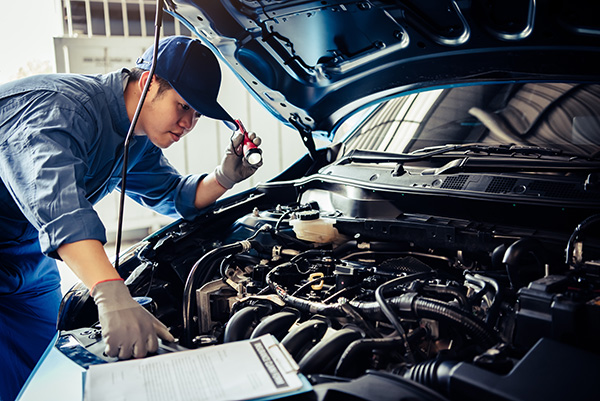
That’s why it’s always smart to get a pre-purchase inspection from an independent mechanic—even if the car is CPO.
🔍 HOW TO VERIFY A USED CAR WARRANTY BEFORE BUYING
Here’s a quick step-by-step checklist:
- Check the Buyers Guide Sticker – Look for “As-Is” vs “Dealer Warranty.”
- Call the Manufacturer’s Service Department – Give them the VIN to confirm remaining coverage.
- Ask for the CPO Booklet (if CPO) – Read when the warranty starts and ends.
- Get Dealer Warranty Details in Writing – Confirm parts covered, length, and who pays labor/parts.
- Read Service Contracts Carefully – Check exclusions (wear-and-tear items, electronics, etc.).
📝 Save all documents, including the Buyers Guide, warranty booklet, and repair records. They may be critical if you need to file a claim later.
MORE: Learn more tips on the used car buying process.
FINAL THOUGHTS
So, do used cars come with warranties? Yes—but only under certain conditions.
The bottom line: Never assume a used car comes with a warranty. Always check the paperwork, confirm all coverages in writing, and know your rights. Doing so can save you thousands in unexpected repair bills and give you peace of mind on the road.




